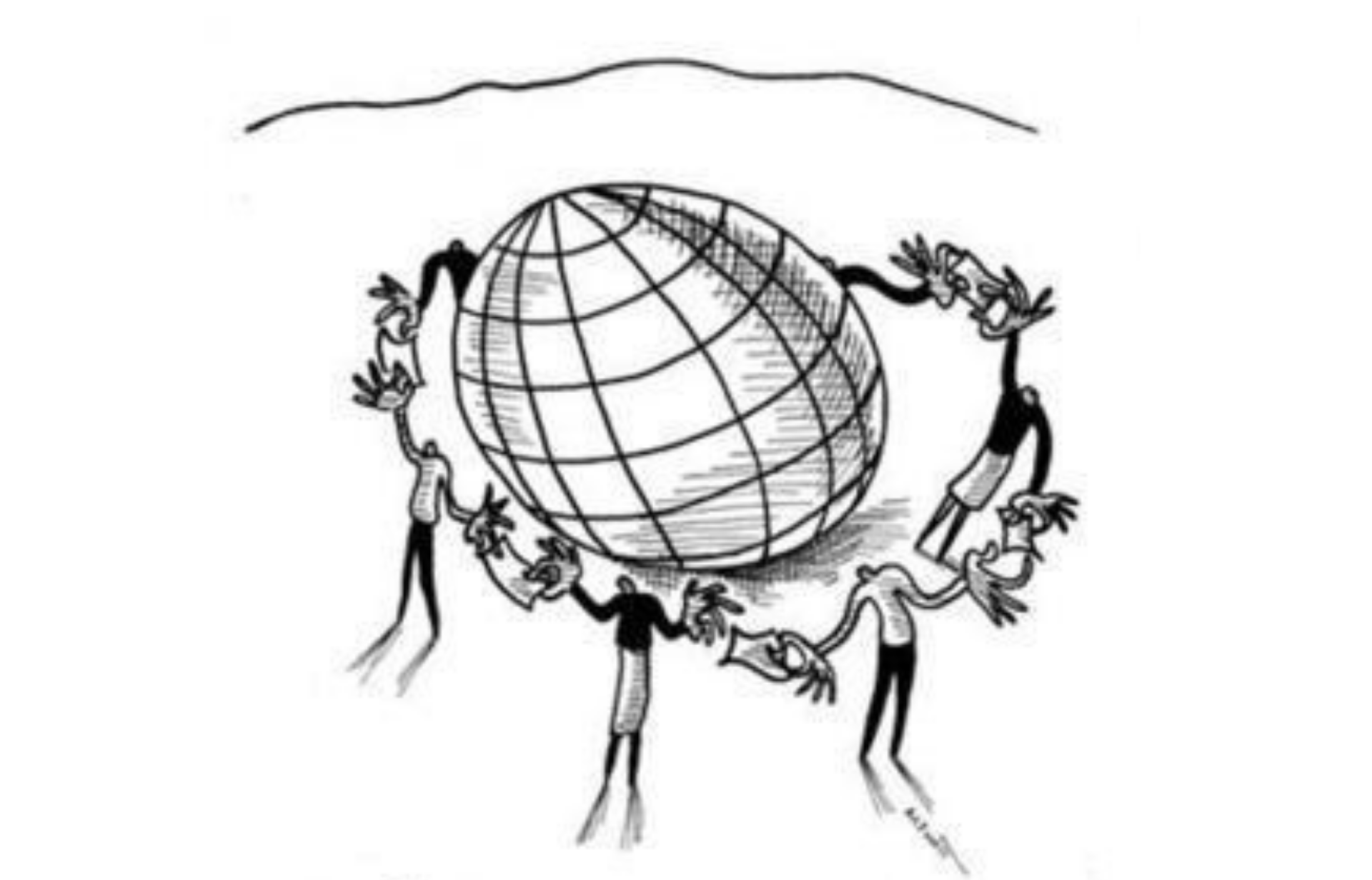There has been much effort towards bringing financial inclusion in India. Much of these efforts came from the State, and the banking sector was mostly unwilling to serve the poor unless they were compelled to. Despite these attempts at financial inclusion, it was a goal whose materialisation was too remote in the future.
To fulfil the banking needs of the underserved and unserved in India, there was a candidate who arose to the endeavour and that candidate was Chandra Sekhar Ghosh. His story and that of Bandhan has much to offer for admiration.
Chandra Sekhar Ghosh, born to a small sweet-shop owner in Tripura, started Bandhan as a not-for-profit operation and it now stands as the 7th largest bank in terms of market capitalisation (as of January 19, 2020). This journey from a not-for-profit microfinance operation to a universal bank is unique where the magic formula of combining profitability and inclusive financing was applied, and the balance between greed and idealism was found.
Ghosh hanged around Shobhabazar sabzi market and observed that moneylenders charged the poor vegetable-sellers an interest which amounted to more than 700% per annum. With the insight (read as Eureka moment) that there was no alternative for these poor borrowers and armed with his experience at the BRAC, he resigned from his stable job and set out to start Bandhan with the motivation of serving the unbanked.
Bandhan, as a microfinance entity, initially took form as an NGO. To shed the constraints on growth and a dependence on grants, it later converted into a Non-Banking Financial Company (NBFC).
Microfinance Institutions took a hit with the Andhra Pradesh crisis wherein criticisms were levelled that these entities charged exorbitant high interests. Bandhan was not left unaffected and its path through it involved the solution of taking Bandhan to the next level i.e. converting it into a bank. This was so that they can take deposits to reduce interest rate instead of relying on banks for their funds. With the implementation of this solution, Bandhan reduced the interest rate from 22.4% to 18.52%. This solution is further vindicated when it is seen that deposits rose from INR 12, 089 crores in 2016 to INR 66,130 crores in 2020.
The success of Bandhan’s remarkable conversion into a bank is further elevated by the fact that only fifteen banks have been given a banking license since India achieved independence. The bank is also the only one among the fifteen to have been set up in the East. This is significant as the East and the North-East are the most underbanked regions in India.
Bandhan’s journey has not been smooth sailing. It has faced challenge after challenge in the form of the unconducive business and political environment of West Bengal, the Andhra Pradesh crisis, the effects of GST on small-scale businesses, demonetisation, the CAA protests in Assam, the Herculean task of obtaining a banking license and the COVID-19 pandemic. Still, Bandhan has continued in their path of financial inclusion while combining it with the seemingly contradictory incentive of profits.
According to Tamal Bandyopadhyay, the author of ‘Bandhan: The Making of a Bank’, Bandhan has taken the conventional banking system head-on. It has changed traditional banking while competing on a seemingly exterior plane in which serving the banking needs of the poor was the epicentre. It took money from the urban and deployed it to the rural. It went straight to its borrowers to save them travel and the loss of half a day’s labour. It targeted women. It mobilised the untapped capital of the unbanked. It made lending relationship-driven. It made peer-pressure as the collateral.
It is known that the Indian banking sector is plagued by Non-Performing Assets (NPAs) and microloans have additionally suffered the reputation of being risky. Subverting the expectations and that reputation, Bandhan Bank has sustained a gross NPA of 1.2 % which is low even among the high-street banks. Inversely, the risk of NPAs may be reduced due to the nature of microloans which necessitates a widespread client-base. Of course, this requires due diligence without which the whole exercise would be moot. In this way, microloans and profits have come to be complimentary with the end-result being a robust business serving a large number of poor customers.
Business and serving the poor can go together. The market is capable of driving financial inclusion. And Bandhan is testament to this.
Read more: Will work-from-home give a boost to female employment?
Post Disclaimer
The opinions expressed in this essay are those of the authors. They do not purport to reflect the opinions or views of CCS.






